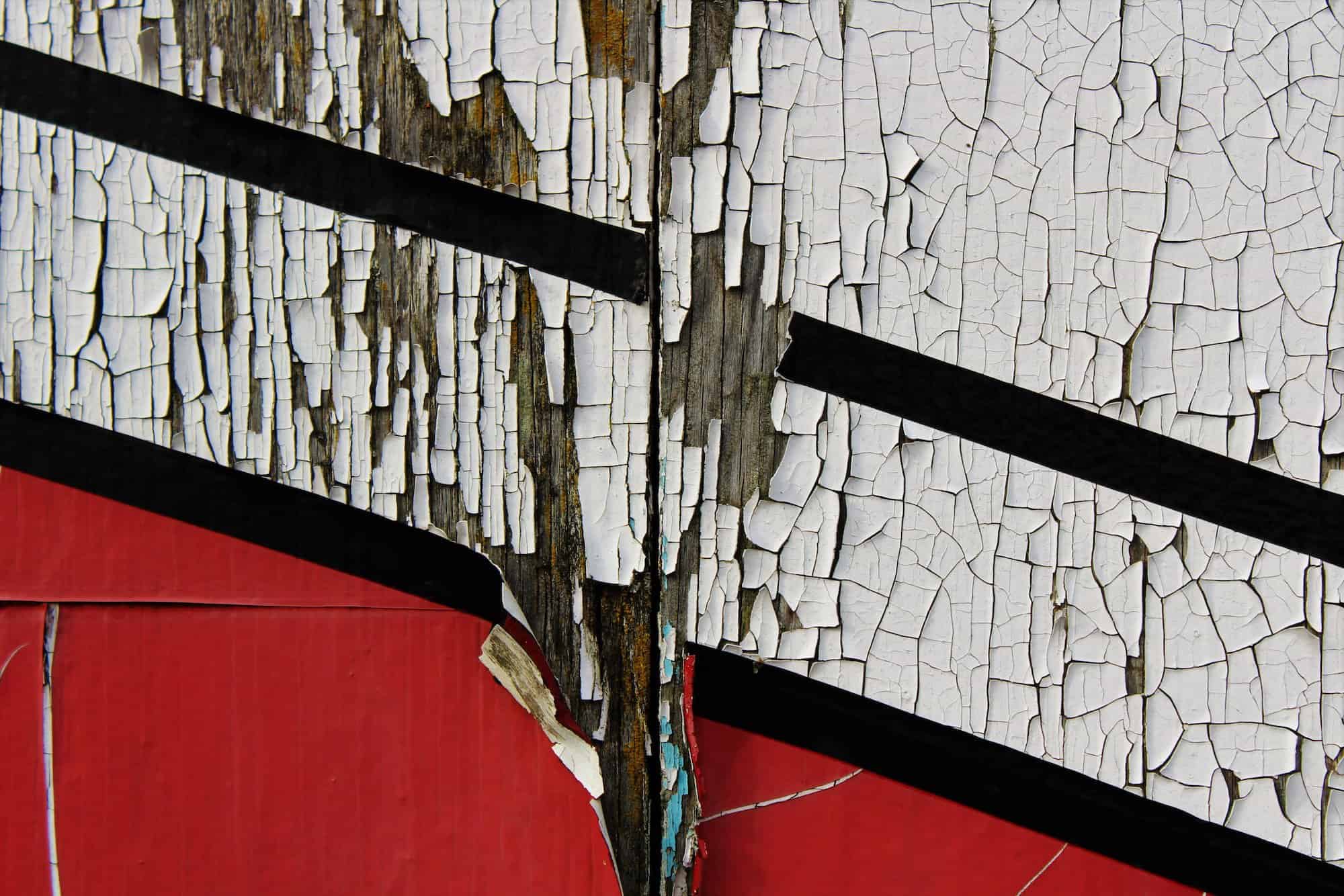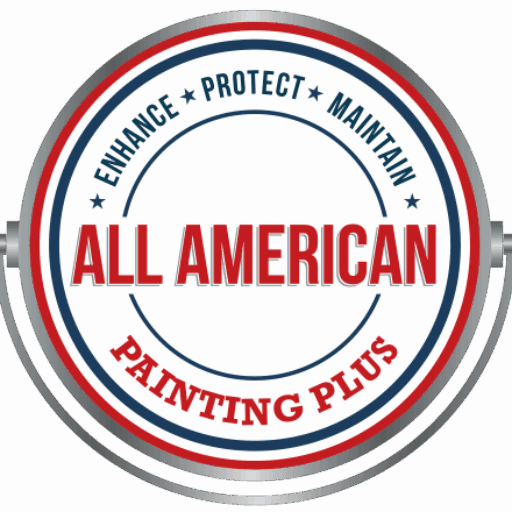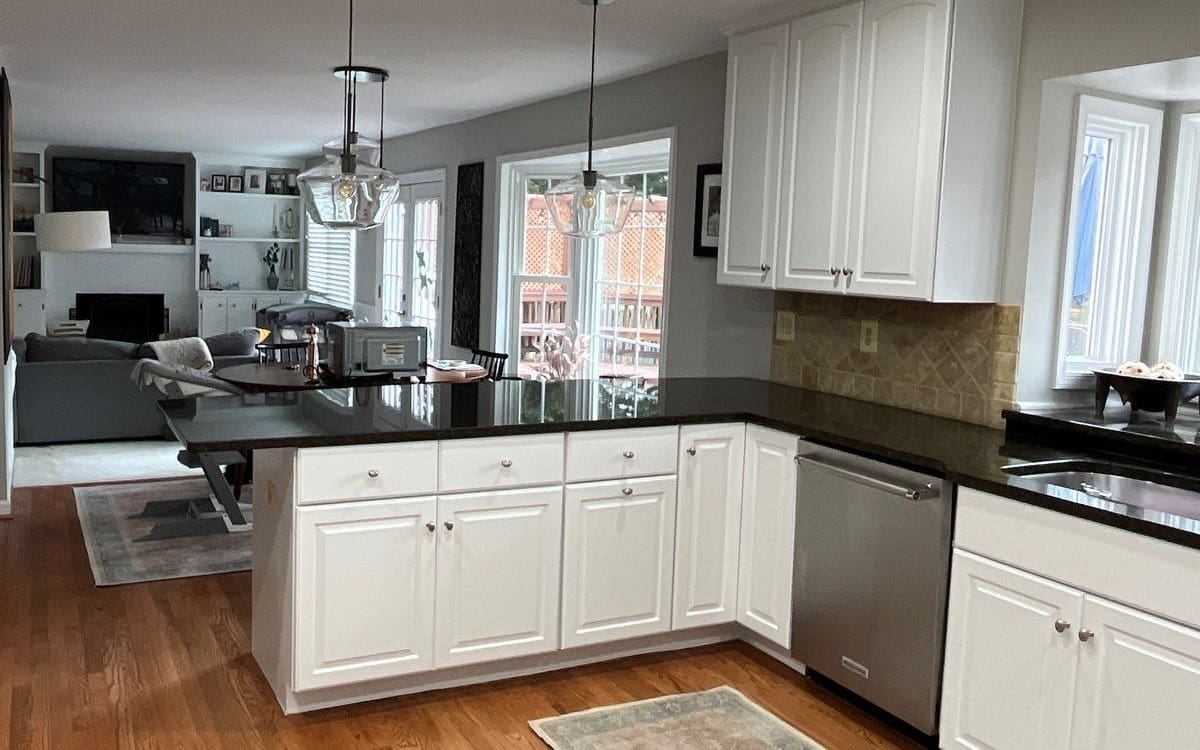
Lead Paint Remediation: Keep Your Home Safe
Here in the year 2019, you might not hear too much about lead paint anymore. That doesn’t mean you should ignore it outright, though. Traces of lead paint still remain in many U.S. homes and buildings, especially those built prior to 1978. If you want to keep your home and your family safe, lead paint remediation may be necessary. Here we’ll go over a bit about lead paint, why it’s no longer used in homes, and what you can do if you think your home might still contain lead.
A Brief History of Lead Paint
Lead-based paint was used for artistic, commercial, and residential painting purposes for thousands of years. It wasn’t until the early 20th century that researchers and manufacturers began to understand the toxic properties of lead paint. Despite these public concerns, though, lead paint retained its popularity throughout much of the 1900s for its durability, bright finish, and short dry times.
In 1977, however, the U.S. passed a law that banned lead paint from being used in homes and other products, especially those for children, for whom lead paint poisoning is more common and can have damaging long-term effects. While this was a positive change, experts estimate that tens of millions of U.S. homes and buildings still contain some amount of lead paint to this day.
Toxic lead particles can be released into the air when home renovations take place. So, in 2010, the Environmental Protection Agency (EPA) introduced a requirement known as the Lead Renovation, Repair, and Painting Rule (RRP), which states that renovators and house painters must be certified if over six square feet of lead paint is contacted or disturbed during a job.
The Dangers of Lead Paint
Lead paint was banned from U.S. homes and buildings in 1977 for a good reason. When ingested, lead particles can lead to serious mental and physical harm, including nervous system and kidney damage, as well as growth and development defects or delays. Children bear the brunt of these issues, as they’re more likely to eat lead paint chips without knowing it. The toxic properties take more of a toll on developing bodies than grown adults.
While lead paint is less prevalent today than it was in the past, homeowners must remain vigilant when it comes to the possibility of lead paint in their homes.
Getting the Lead Out
Even if your home was built after 1978, it’s worth having EPA-certified professionals inspect your house inside and out for traces of lead paint. If they find nothing, you can enjoy your peace of mind knowing you and your family are safe. But if they do find lead paint in your home, they can remedy the problem with the right tools and methods.
More and more painting companies are becoming EPA certified in lead paint remediation and removal, including All American Painting Plus. This is partially because getting rid of or encapsulating lead paint is necessary for commencing most home repairs, renovations, and paint jobs. At All American Painting Plus, we want to be there at every step of the process, from making your home safer by removing any lead paint to applying a new coat of non-toxic paint.
We may remove this lead paint in a number of ways. Each method is designed to minimize the amount of lead particles released into the air. These methods include wet sanding, heat gun removal, or encapsulation. This last method does not get rid of lead paint, but seals it beneath layers of epoxy or polymer so it can’t be accessed or ingested by anyone.
Keep Your Home Safe with Lead Paint Remediation
Whenever it’s time to invest in a new paint job, see if your home painters are EPA-certified in lead paint remediation. If not, make sure you have your home properly inspected beforehand so you and your family remain safe before, during, and after the home painting or renovation project. All American Painting Plus can inspect your home for lead paint and remove it if present. To learn more about all that we can do for our clients in Northern Virginia, give us a call at (703)-620-5563!




